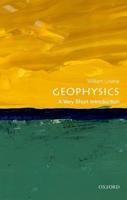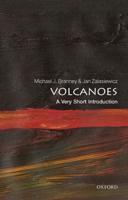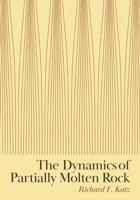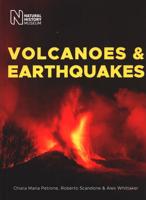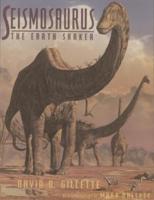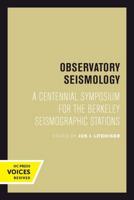Publisher's Synopsis
During the past 40 years, a new model has emerged and revolutionized earth sciences like perhaps no other before. The theory of Plate Tectonics is now well-established and forms the basis of our current understanding of the structure and dynamics of our earth. In particular, plate tectonics explains geologic features on the crust over a wide scale, such as the distribution of land and sea, the formation of mountains, earthquakes, and volcanism. Tectonic plates are composed of the rigid outer portion of the earth, called lithosphere. With a thickness of about 100 km, the lithosphere is composed of an upper layer of crust (~7 km thick under the oceans, and ~50 km thick under the continents) and a lower, denser layer of the earth's upper mantle. The rest of the mantle underlying the plates is sufficiently hot to be mobile, although by far the largest part of it is solid. Despite the high temperature, the effect of pressure inside the mantle usually prevents melting.The rigid lithosphere plates are driven by convection within the mobile asthenosphere. Hot mantle rises beneath mid-oceanic ridges, and cold, denser mantle descends at oceanic trenches. Lateral motion of the lithosphere plates above these circular convection cells is analogous to rigid blocks riding above a rotating conveyor belt. Subduction zones, or convergent margins, are one of the three types of plate boundaries. The others are divergent and transform margins. At a divergent margin, two plates are spreading apart, as at seafloor-spreading ridges or continental rift zones such as the East Africa Rift. Transform margins mark slip-sliding plates, such as California's San Andreas Fault, where the North America and Pacific plates grind past each other with a mostly horizontal motion. The driving force behind plate tectonics is convection in the mantle. Hot material near the earth's core rises, and colder mantle rock sinks. The convection drive plates tectonics through a combination of pushing and spreading apart at mid-ocean ridges and pulling and sinking downward at subduction zones. Scientists continue to study and debate the mechanisms that move the plates. From the deepest ocean trench to the tallest mountain, plate tectonics explains the features and movement of Earth's surface in the present and the past.



